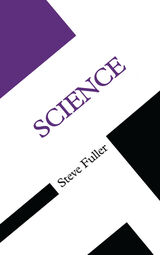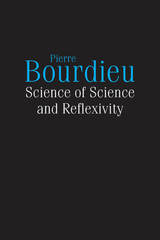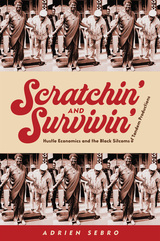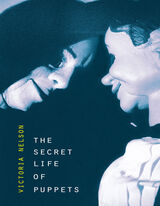Paper: 978-0-8166-5950-0
Background of Thomson's Seasons was first published in 1942. Minnesota Archive Editions uses digital technology to make long-unavailable books once again accessible, and are published unaltered from the original University of Minnesota Press editions.
There have been many valuable scattered studies of James Thomson's famous Seasons,but this is the first comprehensive book on the subject to be published in this country. This most popular long poem published in England in the eighteenth century well deserves reexamination. It is interesting not only to students of literature but also to those concerned with the history of ideas and the relationship of the fields of human knowledge.
Thomson's Seasons reflects the trends of his time in literature, philosophy, science, history, and religion. Professor McKillop presents an illuminating and systematic analysis of the general philosophic and literary situation in which Thomson worked. Then he discusses Thomson's use of the natural sciences and of the literature of history, geography, and travel. He shows that the poet was also concerned with the patterns of human society, both primitive and civilized.
The author reveals clearly how Thomson was indebted to the classical tradition; to the literary inspiration of Milton; to the scientific discussions and theories of Newton, Halley, Burnet, and the writers of popular physico-theological manuals; to the philosophical discussions of Shaftesbury and Locke; to the contemporary periodical essay; to the religious works of Blackmore and Hill; to the descriptions of remote regions and peoples in such writers as Scheffer, Varenius, and Maupertuis. All Thomson's borrowings and characteristic ideas fall into the framework of his poem.
As this book was leaving the bindery, discovery was made in Glasgow of a catalogue of Thomson's library. The document substantiates many of Professor McKillop's deductions.












